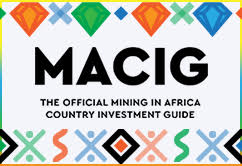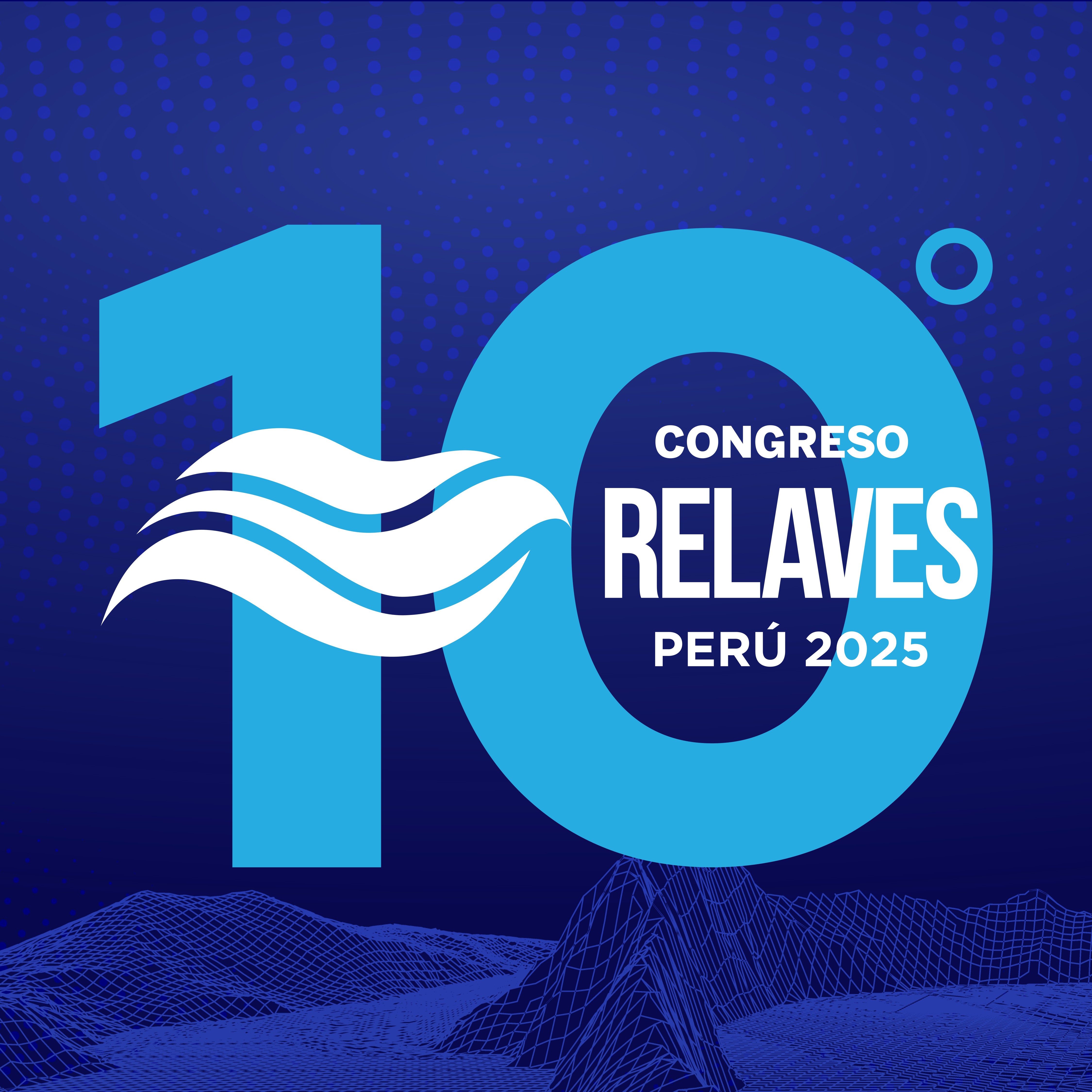SEARCH RESULTS FOR:
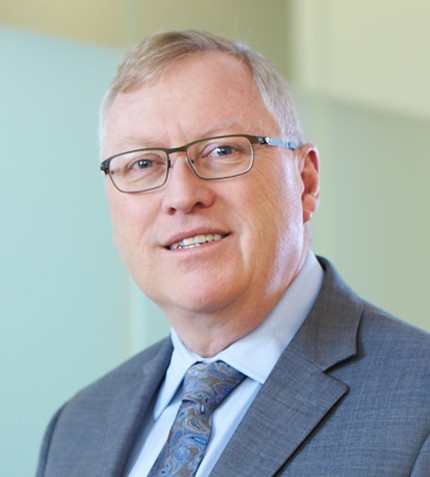
Duncan Middlemiss
PRESIDENT & CEO, WESDOME GOLD MINES
Wesdome discusses its strategy to position itself as Canada’s next mid-tier gold producer.

Kristin Pouw
PRINCIPAL CONSULTANT, SRK CONSULTING
SRK provides insight into the growing prominence of water management as a key component to a successful mining project in Canada.

Michael White
PRESIDENT AND CEO, IBK CAPITAL CORP.
IBK Capital provides an overview of the investment landscape for the mining industry as a new decade dawns.
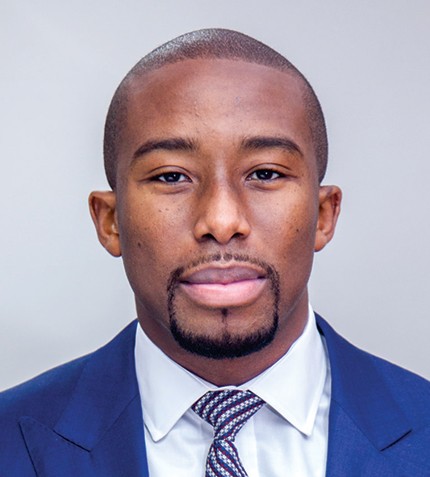
Ainojie ‘Alex’ Irune
COO, OANDO ENERGY RESOURCES (OER)
Africa Oil and Gas 2019
Oando, an indigenous player in Nigeria’s oil and gas industry, pioneered the development of the nation’s foremost natural gas distribution network.

Eric Lannegrace
MANAGING DIRECTOR & FOUNDER, MINERA ENVIRONMENTAL SOLUTIONS
Environmental concerns are of growing importance to the mining industry, and minera is stepping in to address the gaps.
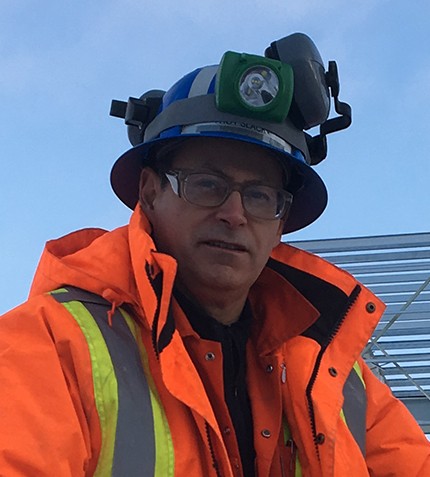
Roy Slack
DIRECTOR, CEMENTATION AMERICAS
Cementation helps clients to achieve their schedule and budget requirements through early contractor involvement and a wide range of integrated services.
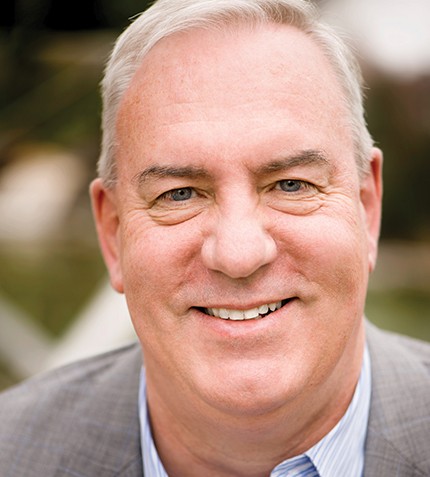
Douglas Morrison
PRESIDENT & CEO, CENTRE FOR EXCELLENCE IN MINING INNOVATION (CEMI)
CEMI is supporting the future of the mining industry by encouraging innovation in the SME sector.
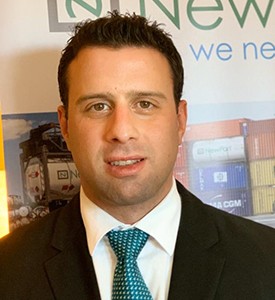
Fabiano Machion
GENERAL MANAGER SOUTH AMERICA, NEWPORT TANK
Newport Tank was acquired by Shanghai Junzheng Logistics, and will adapt its strategy with an eye to the future.
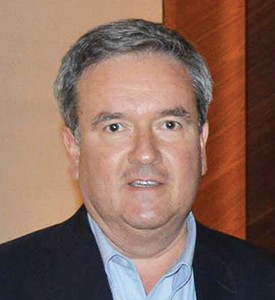
Eugenio Manzano
EXECUTIVE DIRECTOR, POCHTECA
Pochteca talks about its commitment to promoting equality in the workplace and supporting the communities in which the company operates.
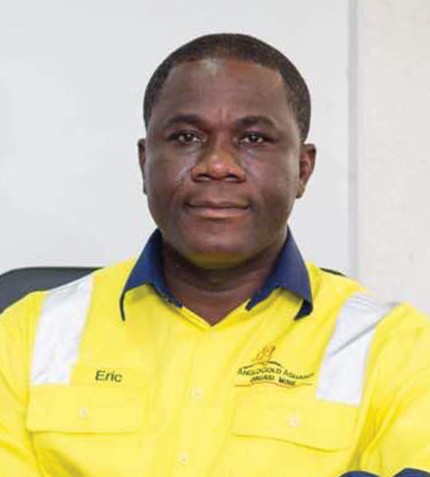
Eric Asubonteng
MANAGING DIRECTOR, ANGLOGOLD ASHANTI
MACIG 2020 Western & Southern Africa Pre-Release Edition
AngloGold Ashanti speaks about its Obuasi mine in Ghana.




